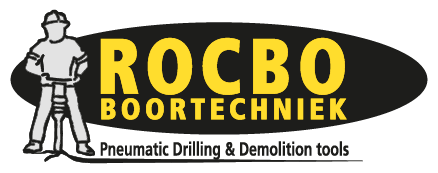The wedge principle
The stone and concrete DARDA splitting cylinder functions according to the proven Wedge principle
DARDA Splitting Cylinders are handheld demolition devices, which controllably split material with the use of hydraulic pressure: 400 TONS OF SPLITTING FORCE IN ONE-HAND. Above all they convince when larger conventional demolition devices are ruled-out because they produce dust, flying debris, vibration, noise and possibly exhaust fumes. A complete splitting unit consists of one or more Splitters, high and low pressure hoses and also a hydraulic power unit.
The stone and concrete splitting cylinder functions according to the proven Wedge principle, whereby a strong force is applied in an extremely constricted space (from within). Rock and concrete put up considerable resistance to forces applied externally. As a result, conventional demolition methods such as hydraulic chisels or crushers are unable to demolish these materials with any worthwile degree of control or precision. By comparison, the resistance of stone and concrete to force applied internally is 90% less, with the result that they disintegrate relatively easily.
What is the Wedge principle?
Phase 1
First, a hole of a precise diameter and depth is drilled into the material. The wedge set (one wedge and two counter wedges) is inserted into the drill hole.
Phase 2
The wedge is driven forward under hydraulic pressure, forcing the counter wedges apart with a force up to 400 tons. The material splits within seconds.
Phase 3
With enlarging counter wedges the split can be expanded to its maximum width. Reinforcing rods break or can be cut up with a suitable power tool, e.g. the Darda HCS 8 Combi-Shears.
After the first split procedure the gap can be further widened with the enlarging counter wedges. With a few easy hand movements these can be quickly installed in the splitter. The result of the widening is that reinforcing rods will either be broke or further exposed for easier cutting.
With heavily reinforced concrete, the exceptionally high degree of surface pressure may merely give rise to an oval-shaped hole and/or short unplanned cracks, instead of a clean split. An effective countermeasure is provided by two large-diameter, heavy gauge pressure shells which are inserted into a 100 mm-diameter core drill-hole. The splitting force is then transmitted over a larger area, resulting in a precise split.
Contact faces of the wedge and counter wedges must be regularly treated with original DARDA Special Lubricant. To prevent damage and reduce wear caused by friction.
For more information about the Darda Splitting Cylinders click here.
